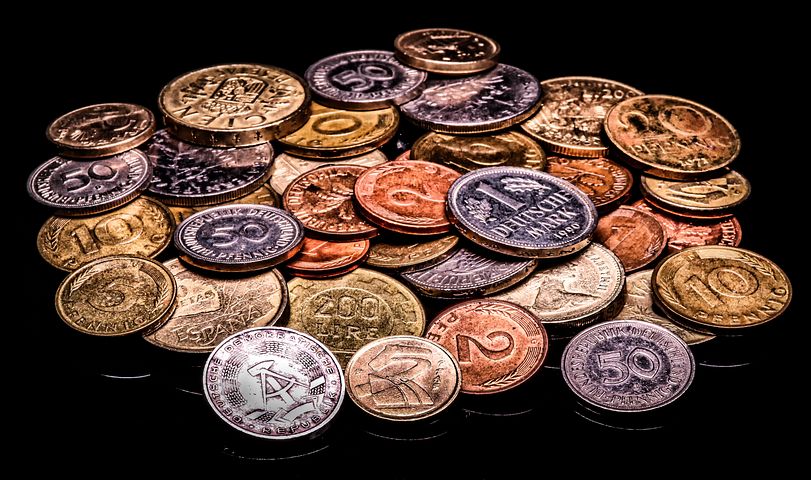FX Daily: Global Divergences Widen
Testimony from FOMC Chair Powell and a Bank of Canada rate hike yesterday confirm that some central banks will be able to push ahead with tightening, and that the effects of war in Ukraine will be felt unevenly.

North American currencies should continue to be favored. EMFX remains vulnerable as the buyside tries to unravel its Russian exposure.
USD: Powell sticks to script and the dollar strengthens
As James Knightley discusses, testimony from FOMC Chair Powell yesterday effectively pre-announced a 25bp Fed hike on March 16th. The Fed sees its most helpful contribution to economic stability now as a focus on inflation - a move supported by the White House. US interest rate futures had a big adjustment on the back of Powell's testimony - effectively restoring 20bp to the expected Fed tightening cycle this year. Currently, 140bp of tightening is priced by year-end. An excellent comment made by a colleague recently is that, unlike some, the US faces domestically-generated demand inflation - a function of aggressive fiscal stimulus over prior years. Thus the Fed is not merely looking at a supply shock, which could have demanded a different response.
A hawkish Fed has kept the dollar reasonably well-supported. Trade-weighted measures of the dollar continue to trade close to the highs of the year and the commodity currencies in the G10 space are out-performing. Here the Canadian Dollar is doing well after the Bank of Canada hiked yesterday and both the Australian and New Zealand Dollars are performing well too. Favoring these latter pairs may well be a (positive) re-assessment of Chinese policy ahead of the Two Sessions meeting this weekend.
With regards the war in Ukraine and Russian sanctions, some buyers are now trying to avoid Russian crude deliveries (Urals oil is trading $10 under Brent if we're looking at the right spread). The fact that 10mn barrels per day of Russian production could come into question has sent Brent to $117. Again for FX markets this will be felt via the terms of trade channel - export versus import prices. Japan, Turkey and also Europe in general will be suffering negative income shocks on this development, whilst the US, Canada and Norway will benefit. That partly explains why USD/JPY is rallying and should stay bid, despite much global uncertainty.
The Ruble is trading a little firmer in the offshore market. It is not clear what is driving this - very low volumes, focus on peace talks? - but clearly, the outlook for the Ruble is very negative. The buy-side has substantial assets trapped in local currency debt and equity assets and will be looking for any opportunity to remove them. Indeed, buy-side fund managers may have to be liquidating assets in related benchmarks, e.g. EM local currency bond benchmarks or regional equity benchmarks in an attempt to meet redemption requests. This may well keep CEE FX under pressure too.
For today we have another round of Powell testimony and the ISM services index. Expect the dollar to remain in demand and DXY to test the 97.80/98.00 area.
EUR: Remaining vulnerable
EUR/USD continues to trade near the lows and remains vulnerable. Away from the war in Ukraine, the macro focus remains on the Fed versus ECB trade-off. Eurozone CPI surprised to the upside at 5.8% YoY yesterday, but unlike the Fed the ECB has more cause to mark this down as supply-driven inflation. The war's impact on Eurozone growth could be anywhere in the 0.3-1.0% region and the ECB will be treading very carefully when it comes to tightening policy.
Events in Ukraine have also torn apart the thesis of rotation out of US and into European equities. The benchmark Eurostoxx 50 is currently -11% year to date, versus -8% for the S&P 500. We had been preferring a broad 1.10-1.15 range in EUR/USD this year - after the hawkish turn from the ECB - but the FX options market is warning that the risks to a big break below 1.10 are building.
GBP: Surprising strength
We had been favoring GBP strength on the back of a hawkish BoE, but recently we had felt that risk-aversion could start to weigh on the GBP. There are no signs of that so far with EUR/GBP now trading down to the lowest levels since early 2020. It is not clear what is driving current GBP strength - perhaps conviction over the BoE tightening cycle given natural gas prices?
For today, look out for the final release of the February PMIs. These should confirm an uptick as the UK re-opens far earlier than continental Europe. It will also be hard to know, but some GBP buying/hedging relating to the divesting of Russian assets in the oil and gas sector may be helping GBP too.
AUD: Terms of trade gains
Russia's isolation from the world economy is sending commodity prices through the roof. Australia's terms of trade are currently surging given Australia's export mix of fossil fuels plus industrial and precious metals. With the Renminbi also proving itself as a safe-haven currency - providing an anchor to Asian FX in general - the Australian Dollar is doing well.
EUR/AUD is at the lowest levels since 2017 and looks like it can fall another 2-3% near term.
Disclaimer: This publication has been prepared by ING solely for information purposes irrespective of a particular user's means, financial situation or investment objectives. The information ...
more


